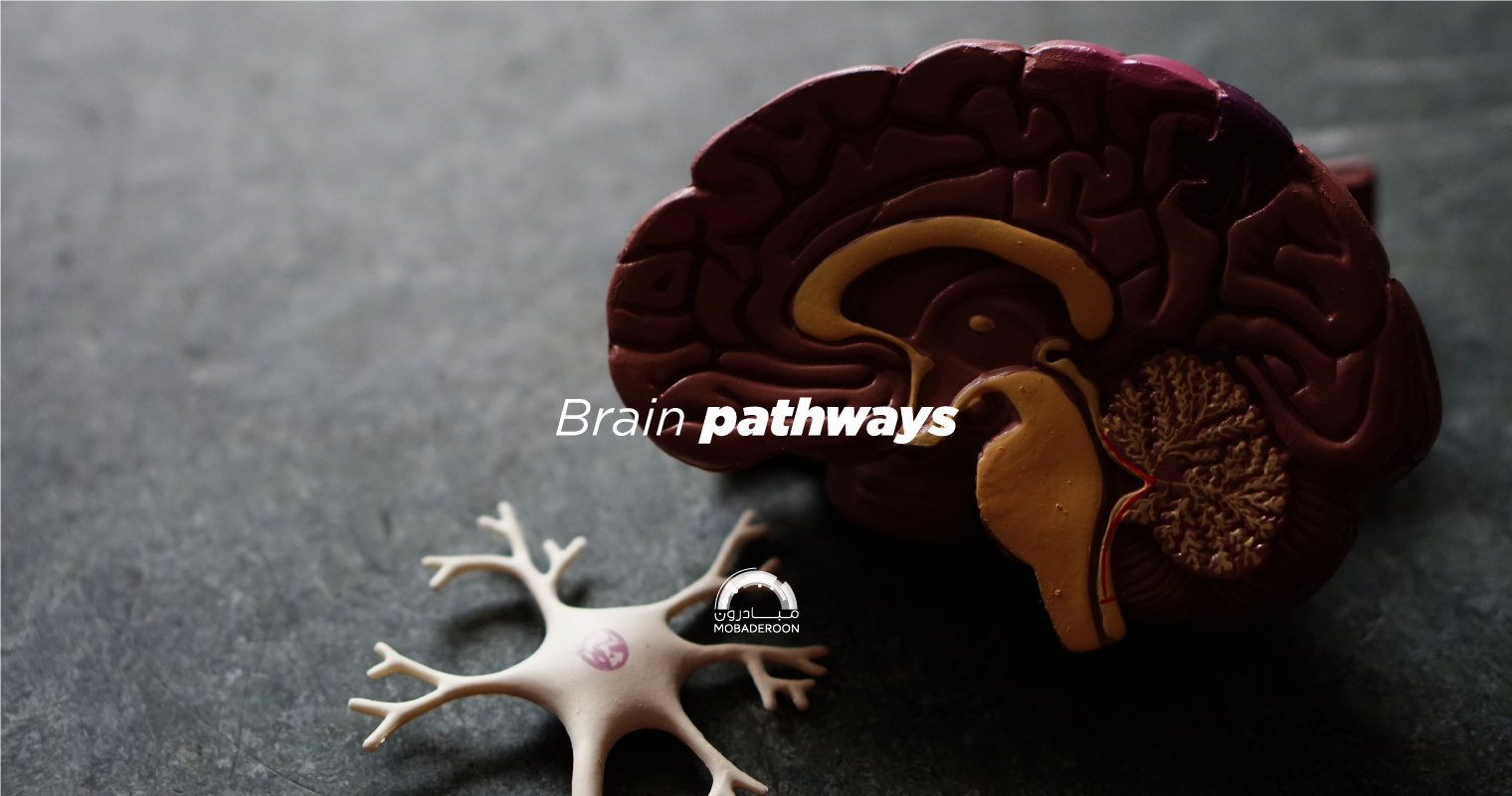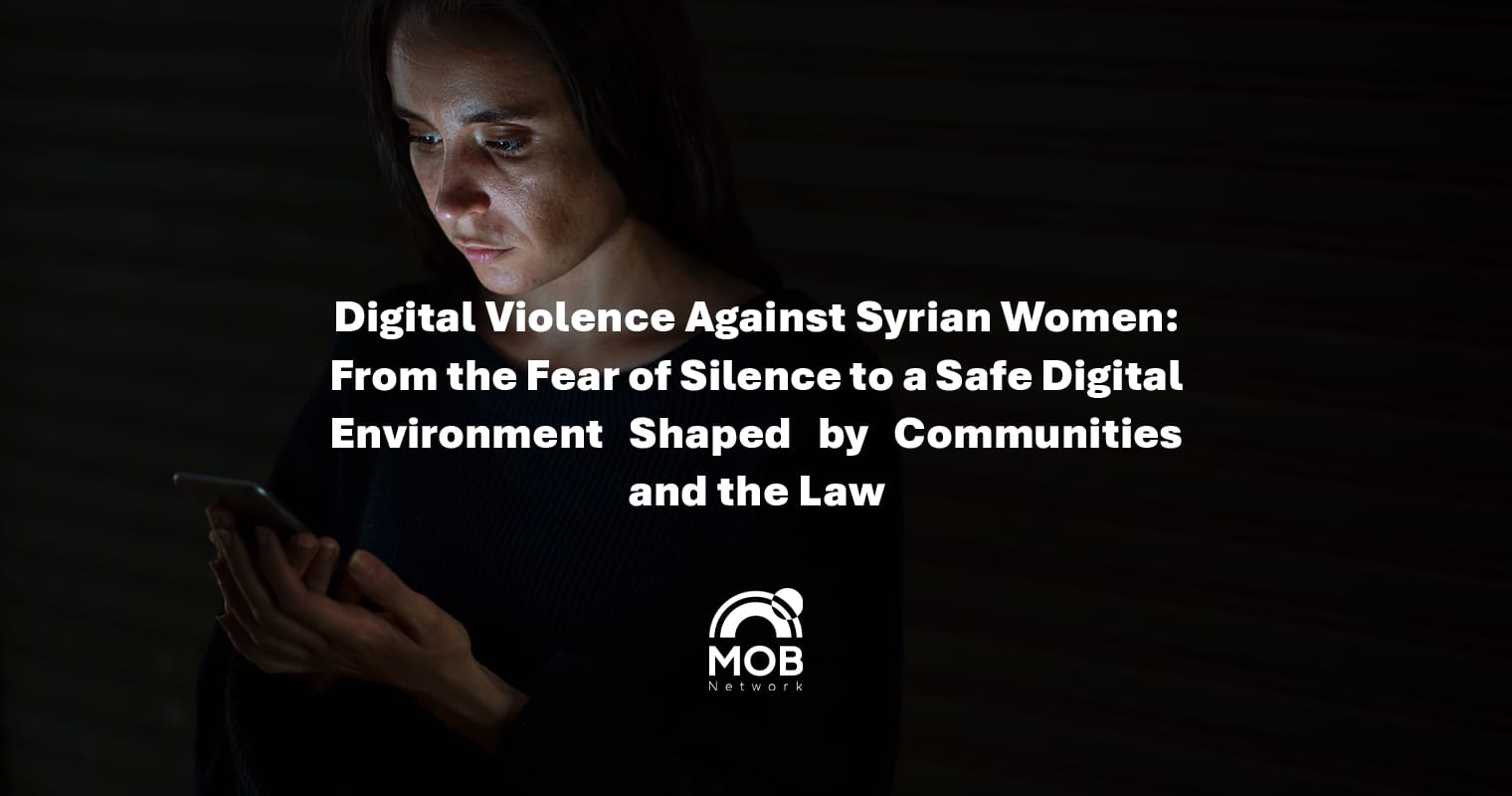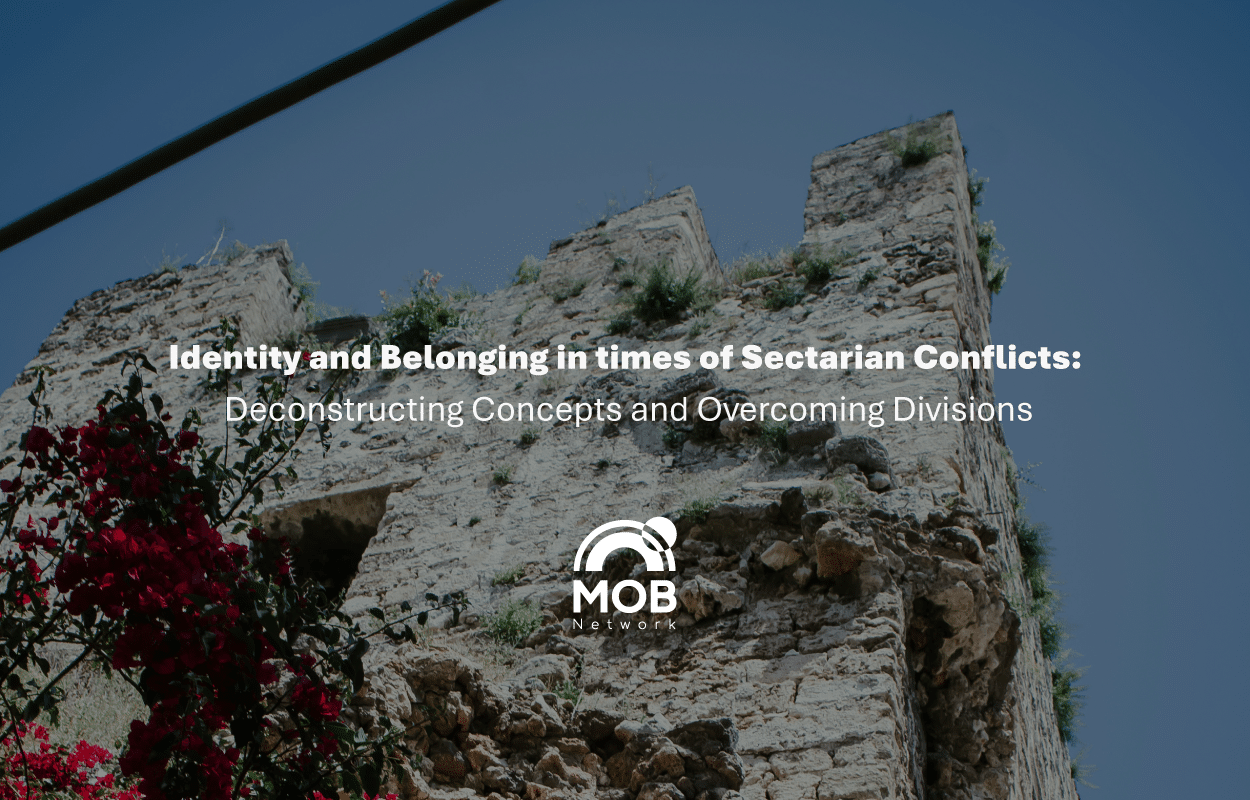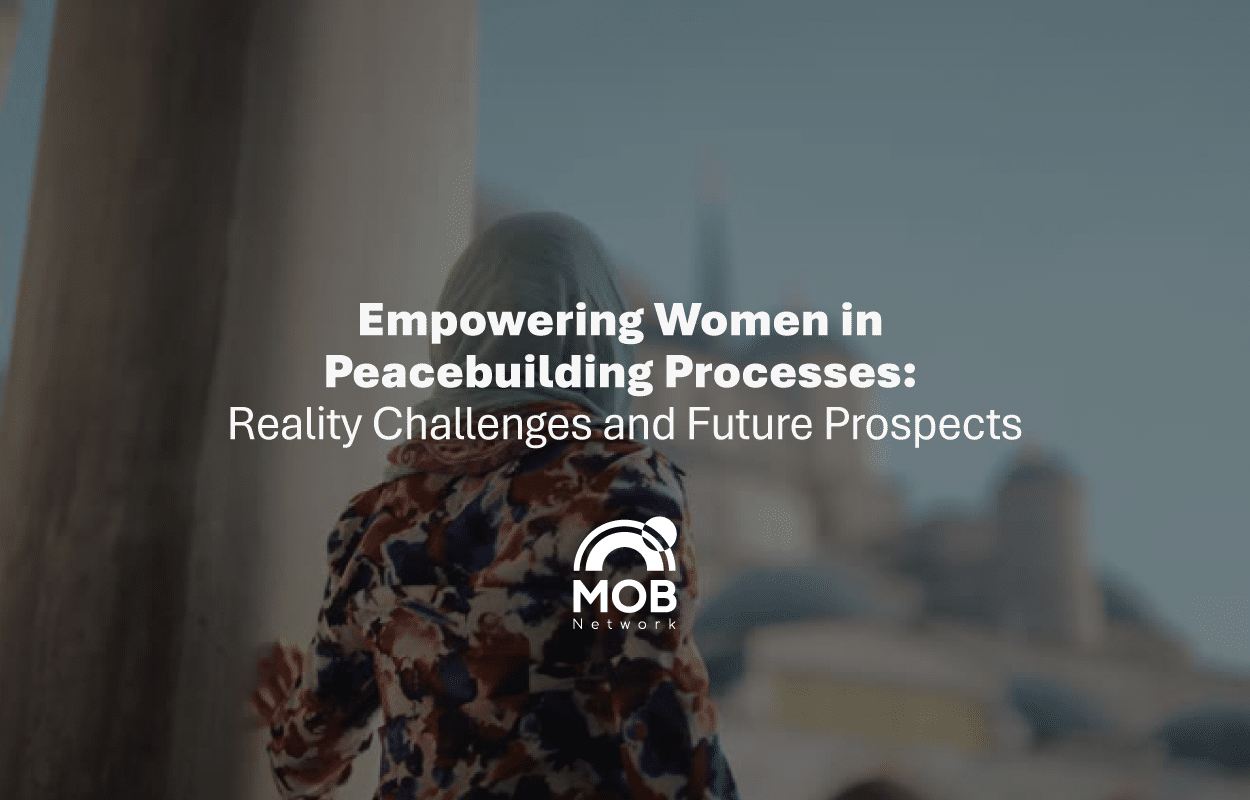The concept of “violence” is one of the most important and complex concepts proposed because it extends deep into humanity. Unfortunately, it is present in all societies and classes without exception, in the smallest details and the smallest of situations.
The World Health Organization, in its 2008 investigation of injuries and violence, indicated that the number of deaths resulting from violence in the world is around 5 million annually, with a rate of approximately 9% of the total deaths each year. And to understand violence, we must understand the basis of its formation and origin, which is the brain.
Therefore, our need lies in knowing the mechanism of the brain’s understanding of the inputs that it translates with violent behaviors!
And how can we control the response to these inputs and train our brains for the best response pattern, in our quest to reduce violence and its effects.
Brain pathways

Let’s imagine that the human brain is the laboratory in which violence is formed. To understand the mechanism of violence in a simpler way, we will learn about the pathways inside the human brain and how they work.
There are two paths to its formation, the long path and the short path:
The long path (the conscious path):
In the conscious path, in any situation that we face in life that requires us to respond, the situation is directed towards the Limbic System, this device contains our experiences and perceptions about the situation we were exposed to and faced at that moment.
Then it goes to the frontal lobe of the brain responsible for analyzing and interpreting things that happen around us (which is exactly what distinguishes the long path from the short one). The frontal lobe of the brain analyzes the response that was issued according to the situation. If it is appropriate, it responds to it, and if it is not, it creates another new response.
So, the long road depends on our previous experiences as it analyzes and adopts it if it is appropriate.
The short path:
Here, we do not call it the unconscious path, but rather the instinctive path. It is the path that occurs when we face great pressures and risks, and therefore there is no room for us to think and analyze.
Therefore, the brain relies on preconceptions and experiences, whether they are personal experiences or experiences that happened around us before. The response here is directly towards the limbic system without going to the frontal lobe, that is, without going through the process of analysis and studying the consequences that characterize our social personality.
The limbic system gives commands based on previous perceptions without analyzing the situation as mentioned earlier.
What is the relationship between brain pathways and violence?
Violence occurs in an atmosphere of tension and fear and a lot of stereotypes that we have seen and stored in the brain about many issues and things. So, the short path here is the really effective path, because people always resort to pre-existing stereotypes in the brain and general opinions, they have about situations they’ve been through before. without resorting to analysis as in the conscious path.
Hence, the way we think, express our opinions, and even behave toward a particular situation determines the pathways that we reinforce in our brains. When we adopt stereotypes and ready-made behaviors without analyzing them and thinking about them, we reinforce the short path and weaken the long path or the conscious aware path.
In this sense, we have to be realistic and aware of the inherited stereotypes and behaviors that we do spontaneously and permanently without being aware or thinking about them.
What is the relationship between violence and behavioral response patterns?
Violence is fully related to our response, by increasing or decreasing the response threshold. When the response threshold is raised, we have a problem evaluating and dealing with fear. For example, during the Covid-19 pandemic, in countries that experienced war, there was no response to the epidemic and the threat of the virus, and they said that they lived in much harsher conditions, so the threshold for responding to fear has increased significantly!
As for the other case, when the threshold is reduced, the least situation occurs in front of the person, the response to fear and panic is very large.
“Non-violence is the greatest force at the disposal of mankind"
Gandhi Tweet
Mechanisms for enhancing the long course of brain work

Based on the foregoing, we must note that most people who have lived or are living in an atmosphere of fear and pressure are people who are confined within direct or ready responses to the situations they are exposed to.
Therefore, we have to formulate our interventions in relation to the field of violence and reduce it with real consideration for these people, and to employ our mechanisms to make them leave the short path towards the long path, that is, the conscious path or the thinking analyst.
In order to enhance the long path, there are a number of mechanisms that we can take, including:
- Training people to deal with the problem from several aspects, in addition to framing the problem or the art of formulating questions about the issues we are exposed to.
- Capacity training to create and conclude or develop alternative solutions to the problems they are exposed to.
- Training people on the mechanisms of decision-making at the level of individuals or groups.
It will also be very important to increase people’s awareness of violence, its cycle, and the necessary mechanisms to address it.
Finally, we have to know the societies that seek peace and pursue non-violence as a way to it, on how human behavior is formed, and from it we understand the origin of our behavior.
Is it a general behavior that we took from society and inherited?
Do we say our words without thinking about them?
Or are we aware of our words and actions? We think more about our response to situations around us.
From it we will determine the origin of our violence and around us.





